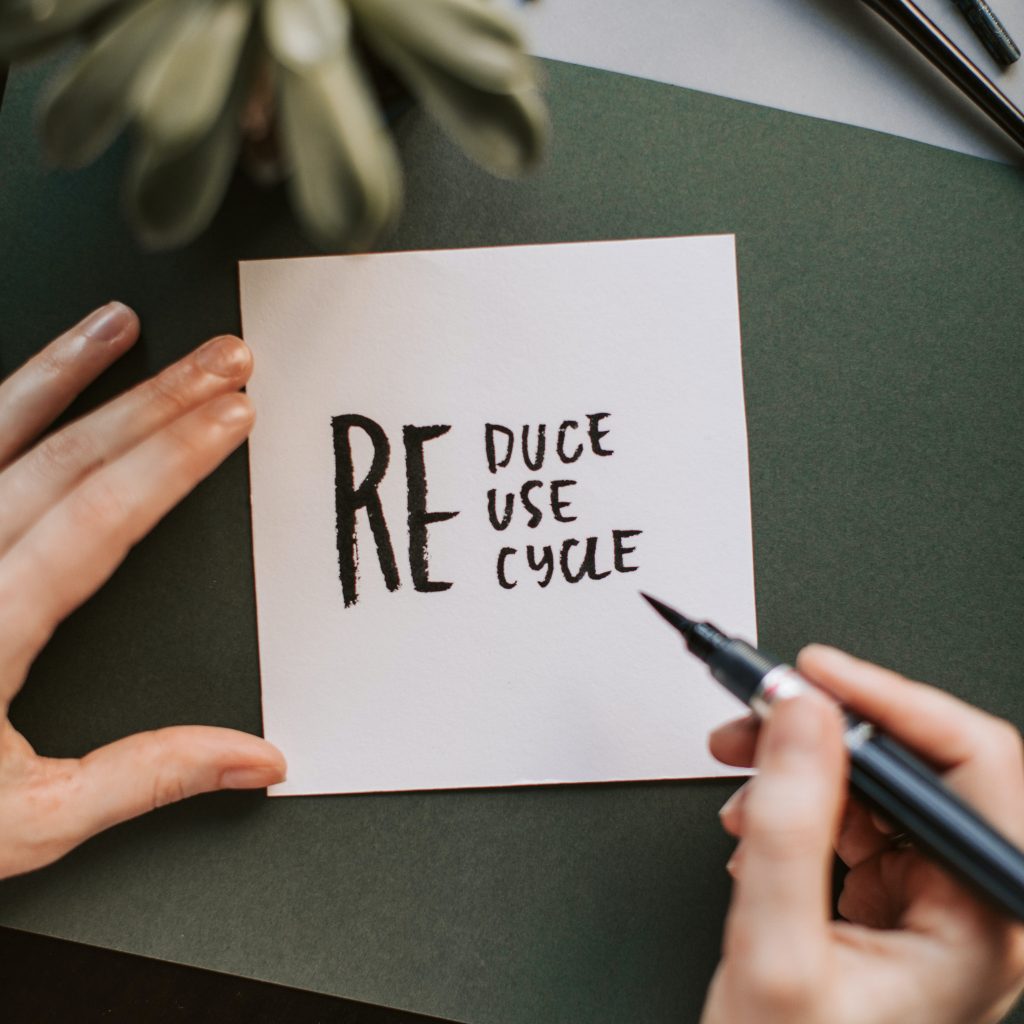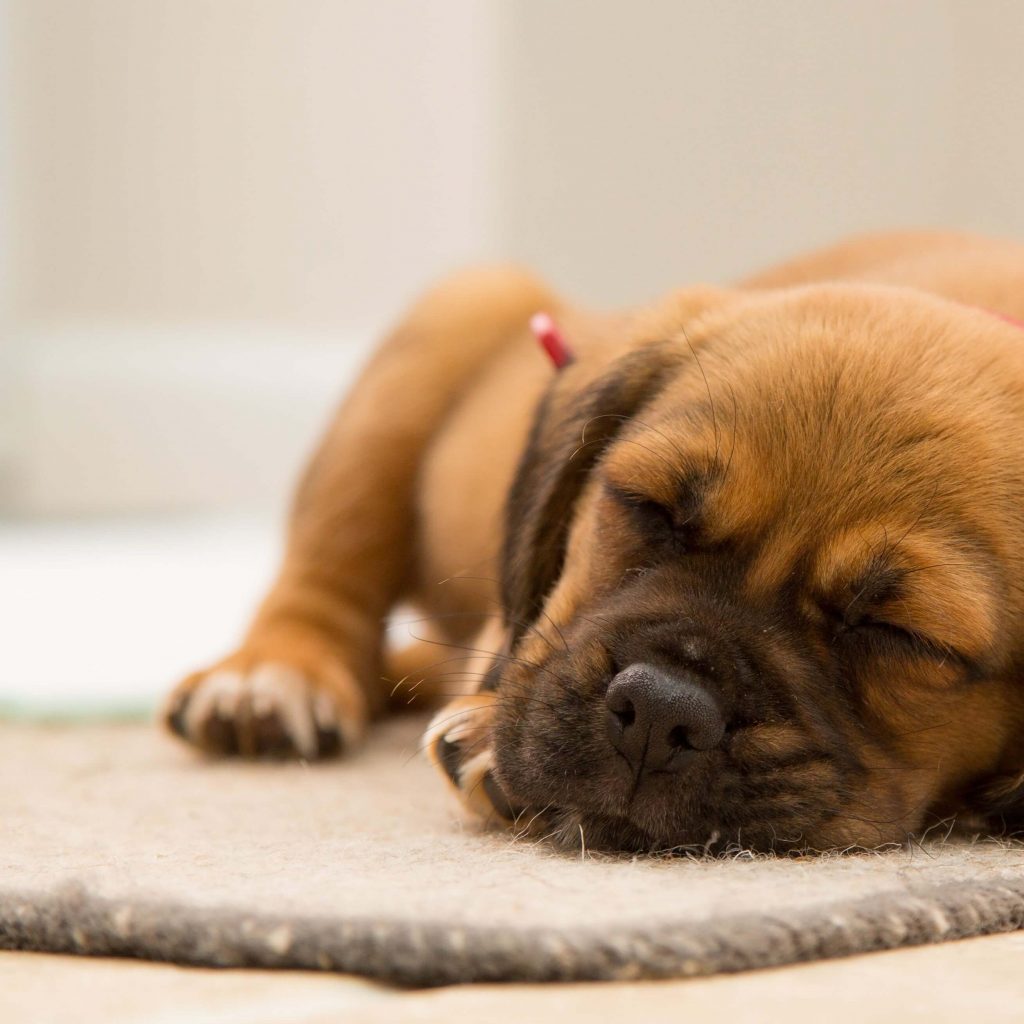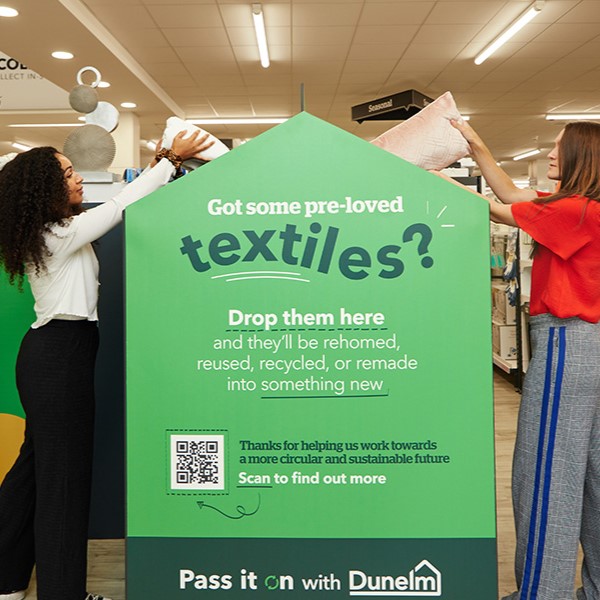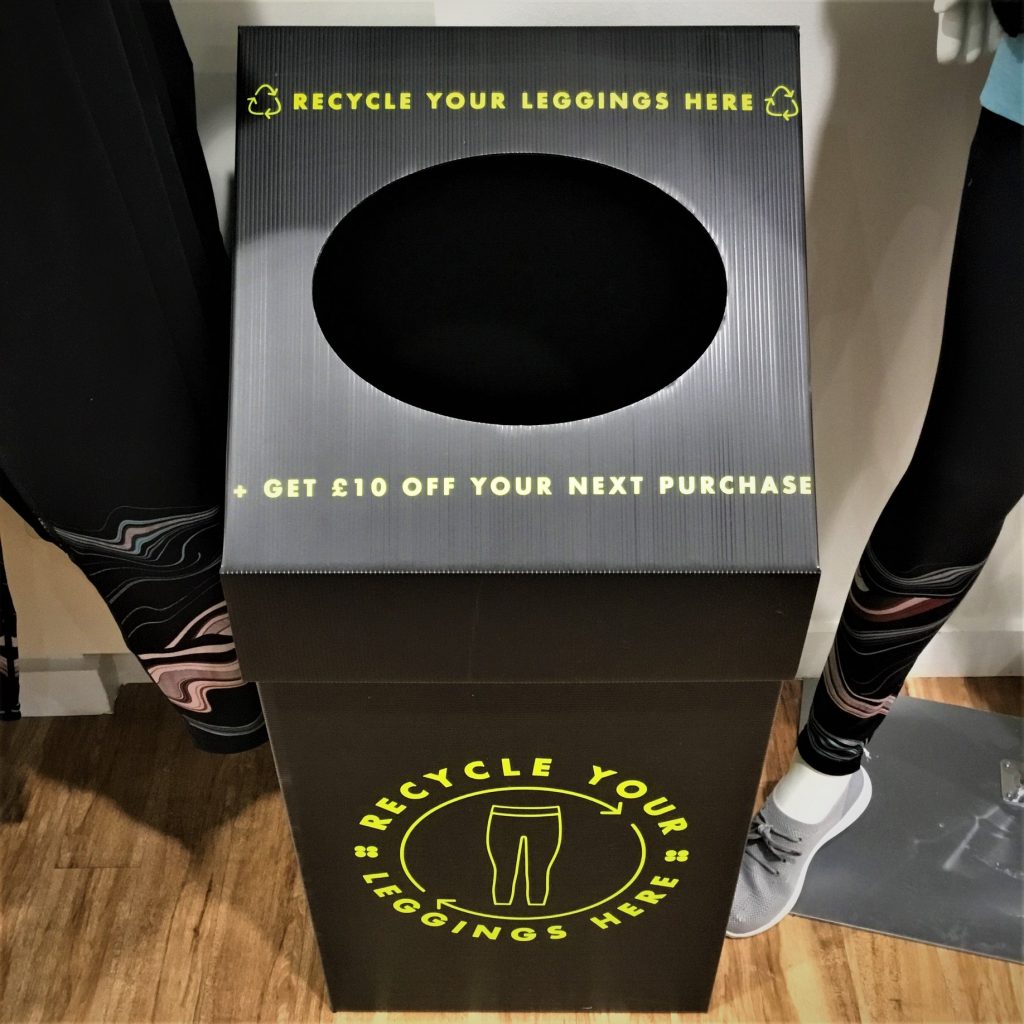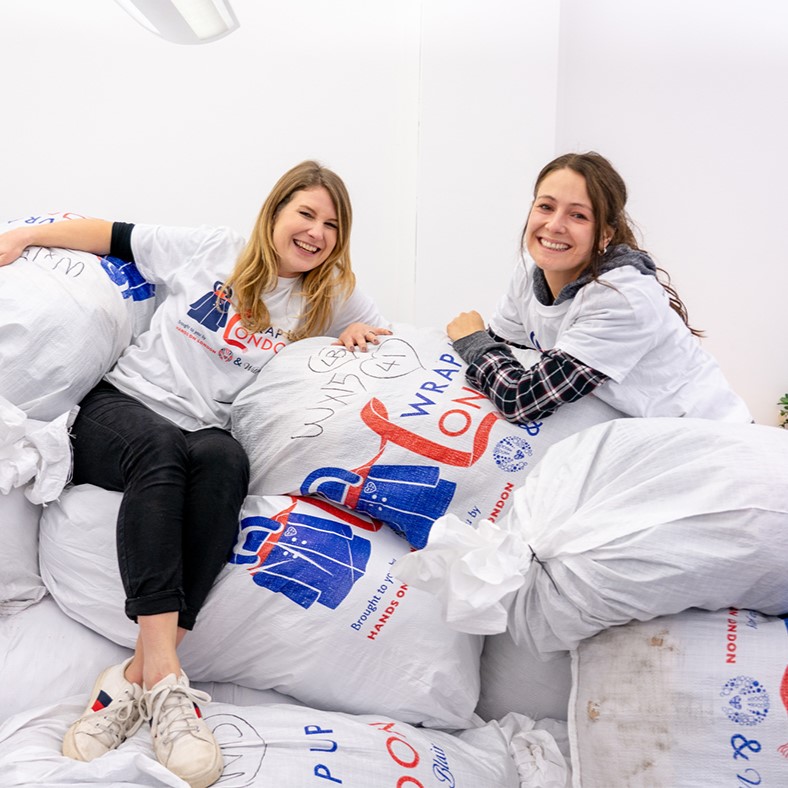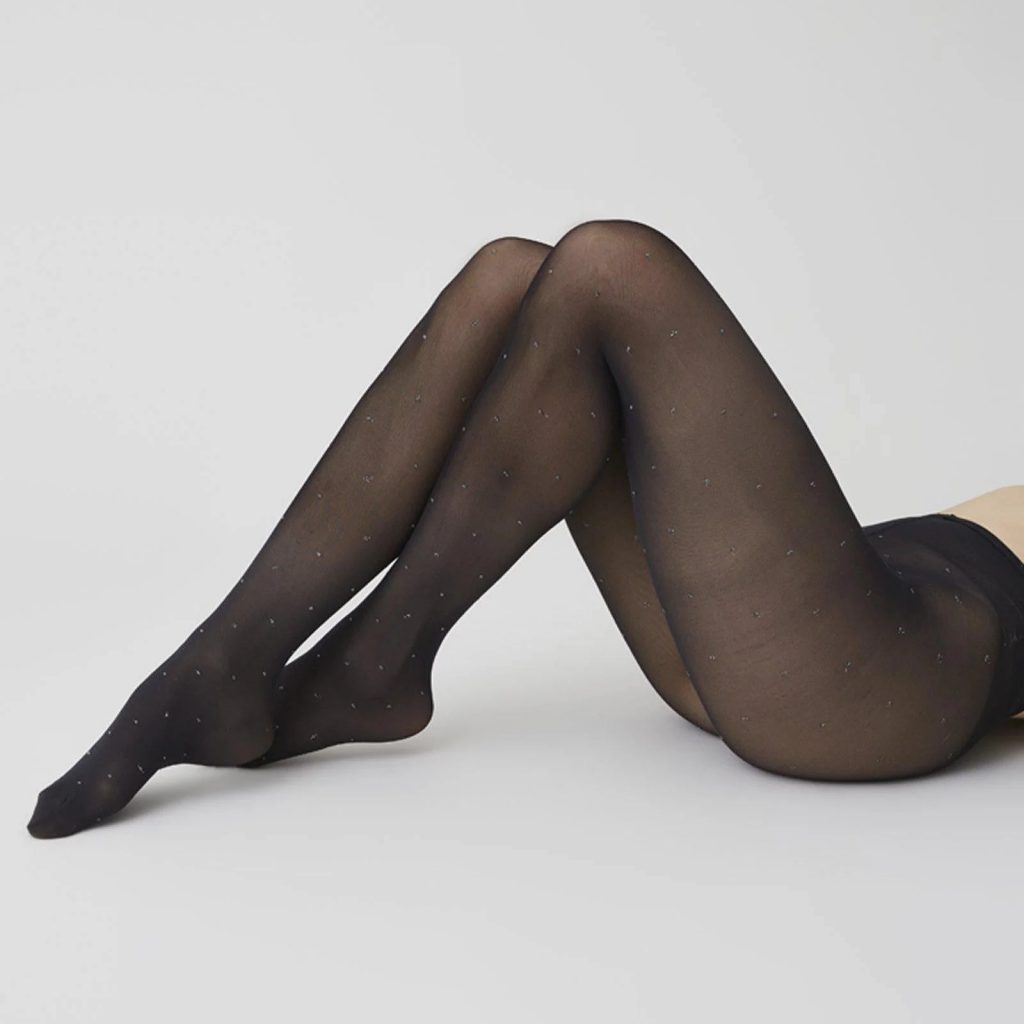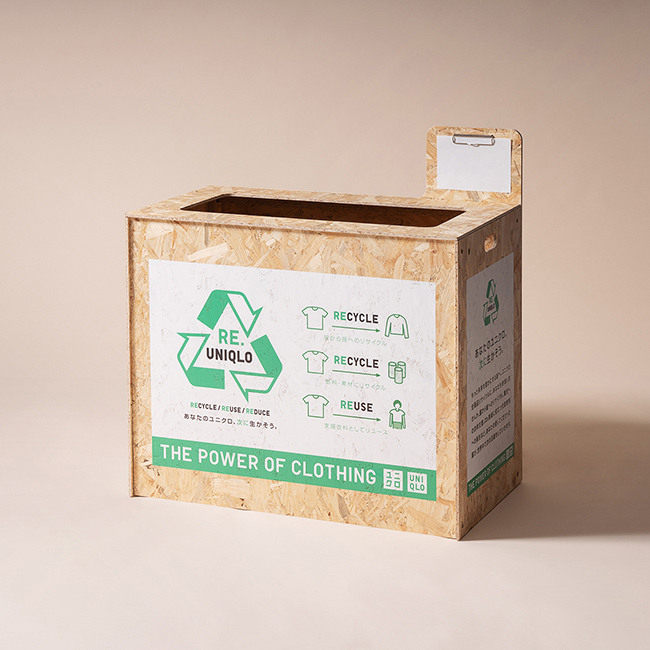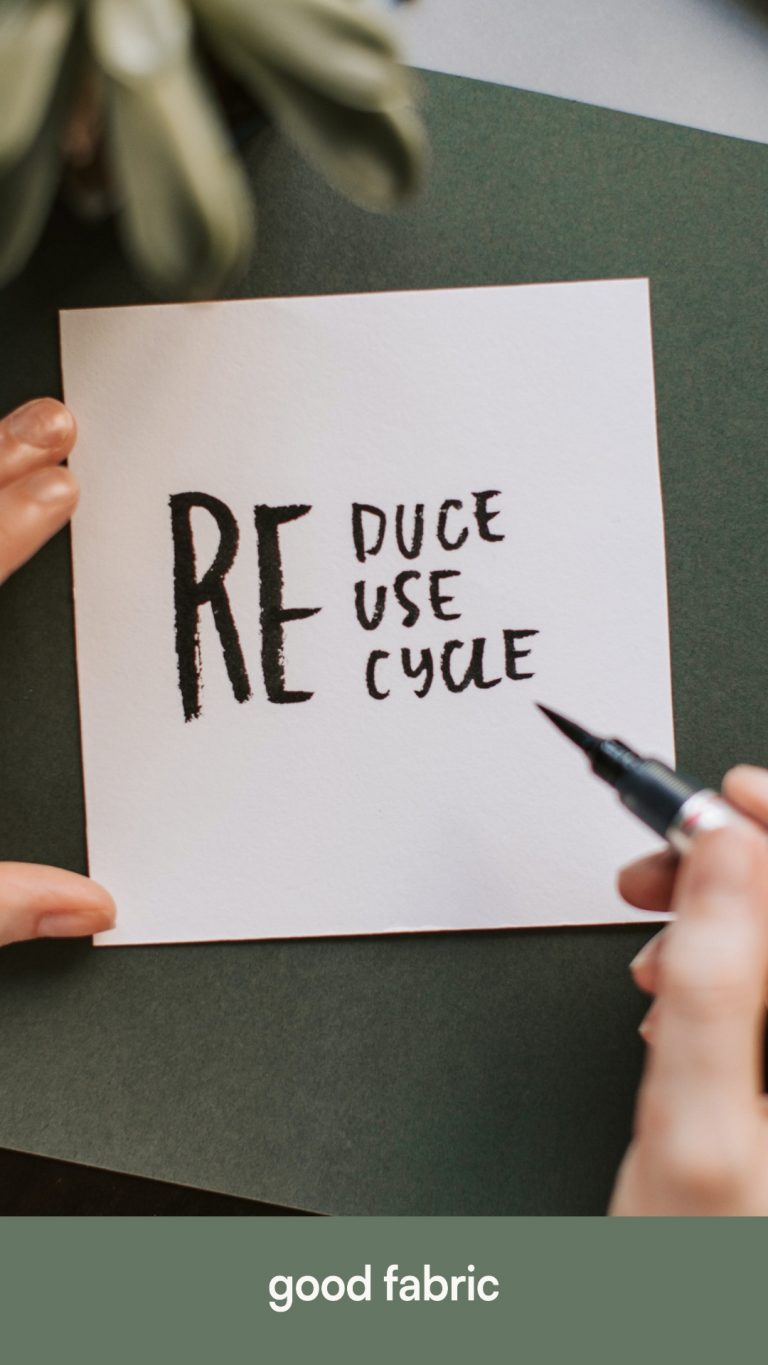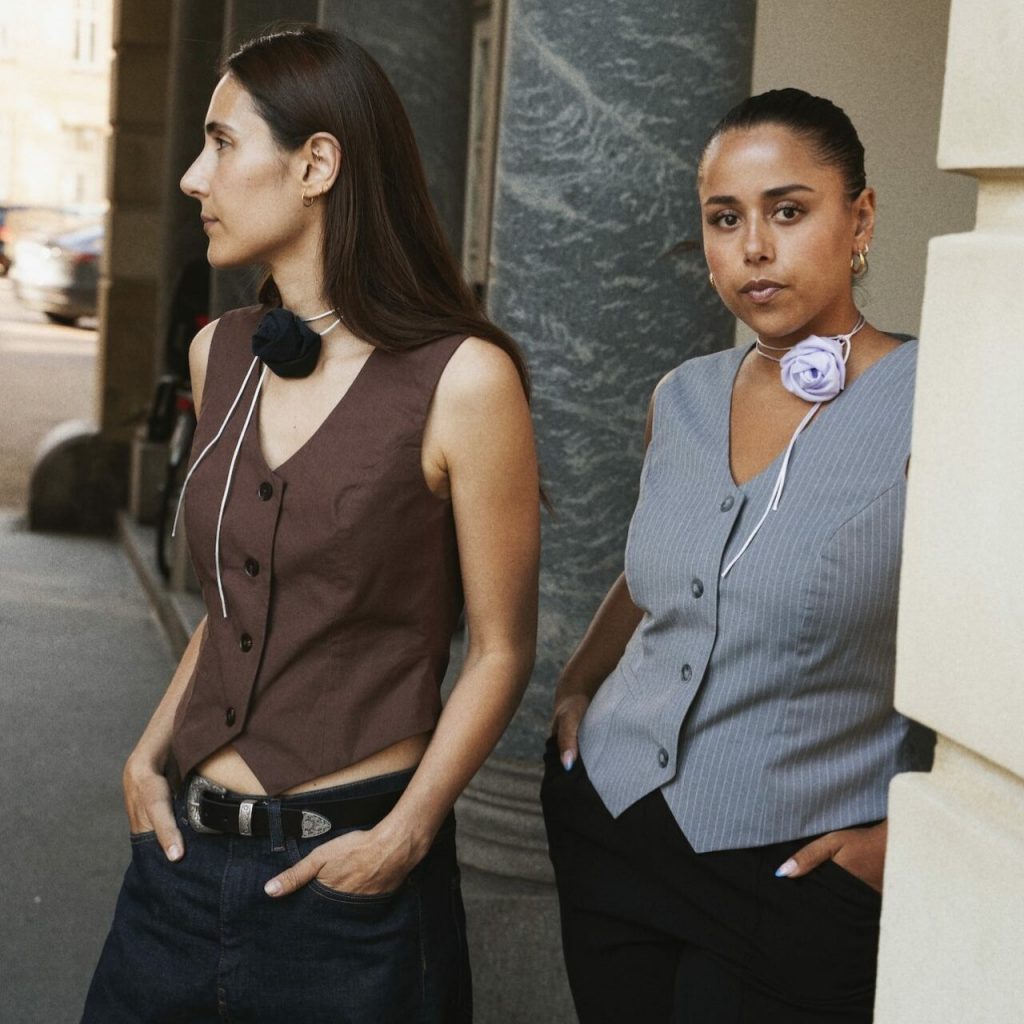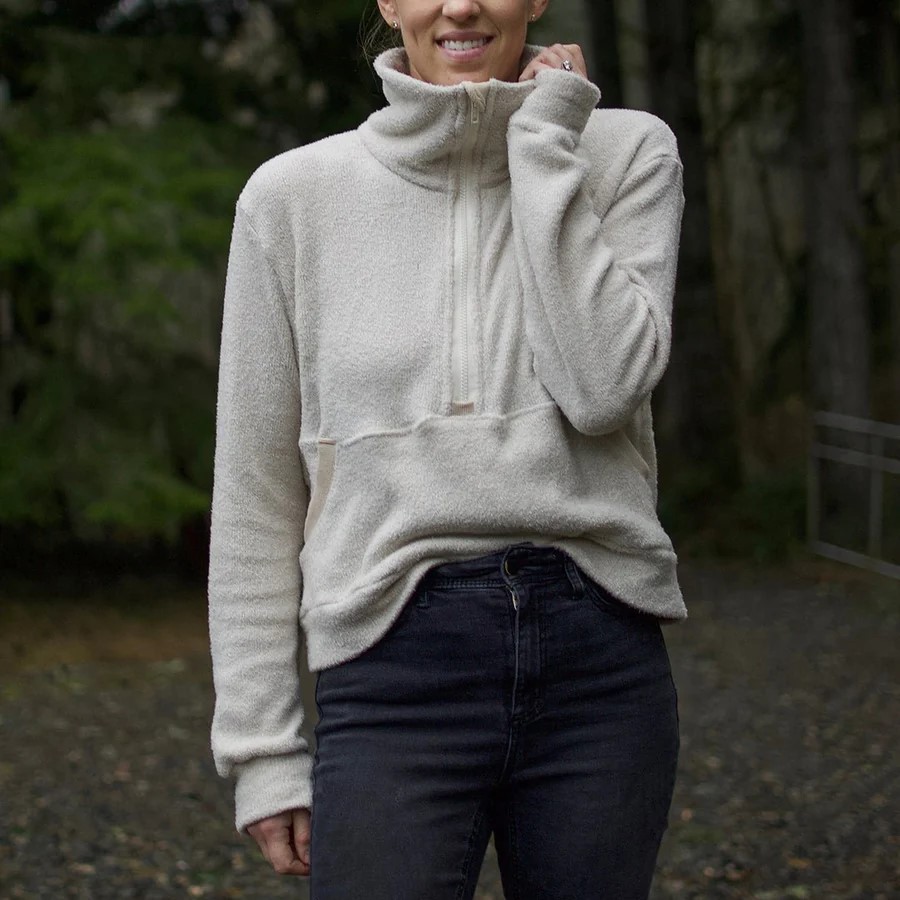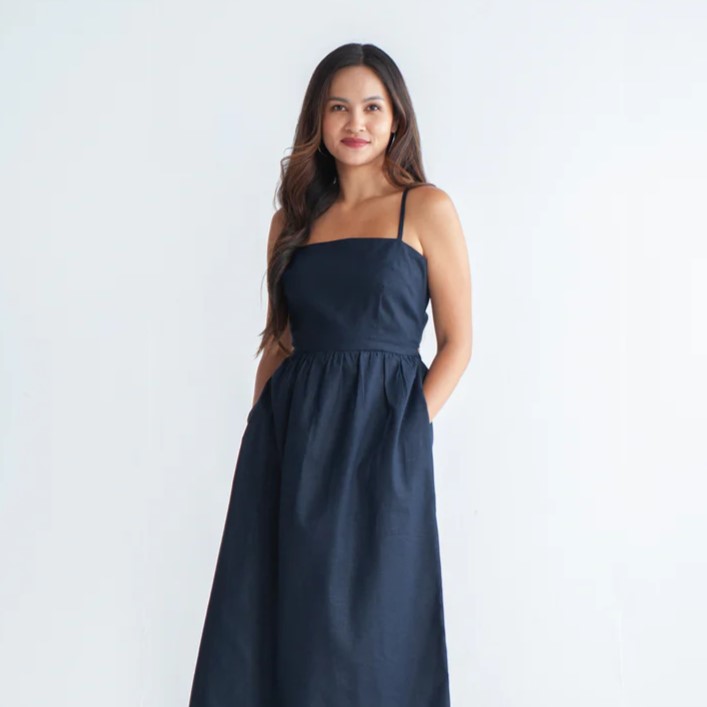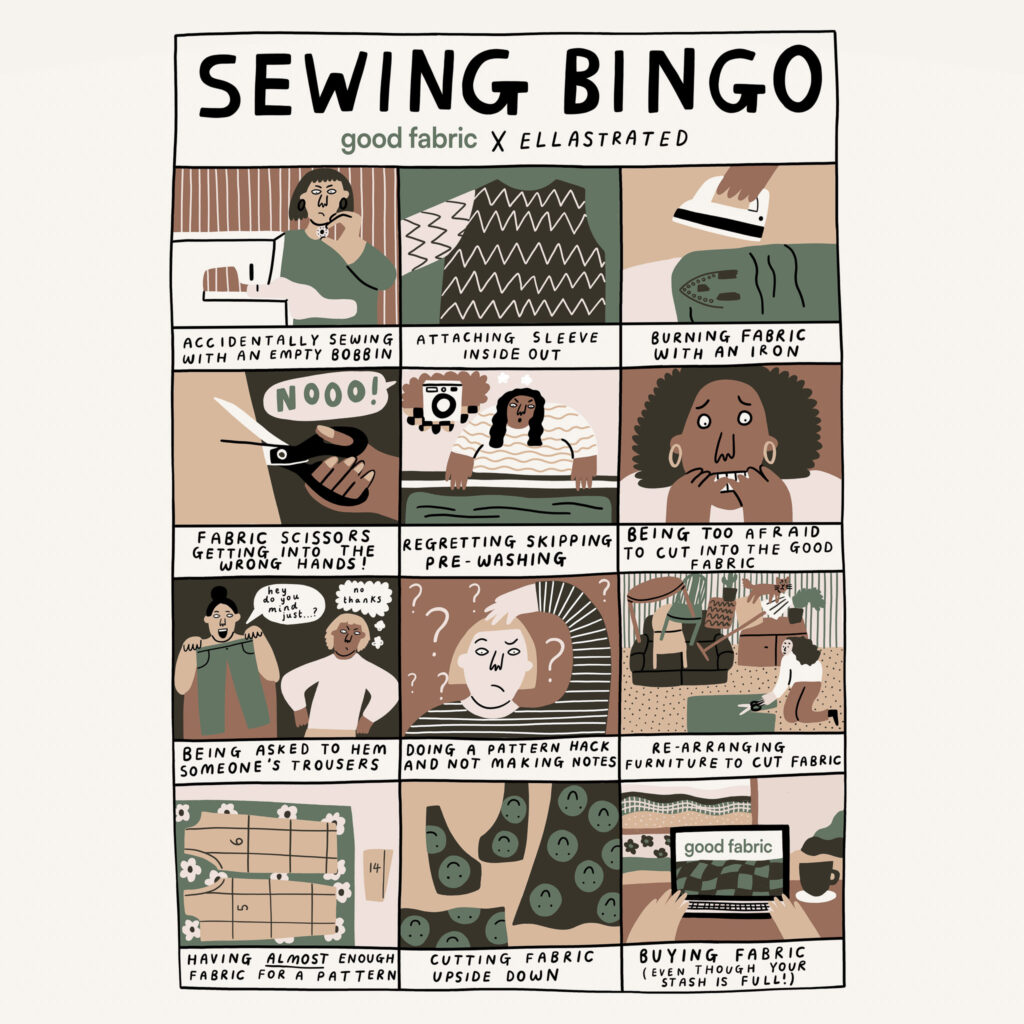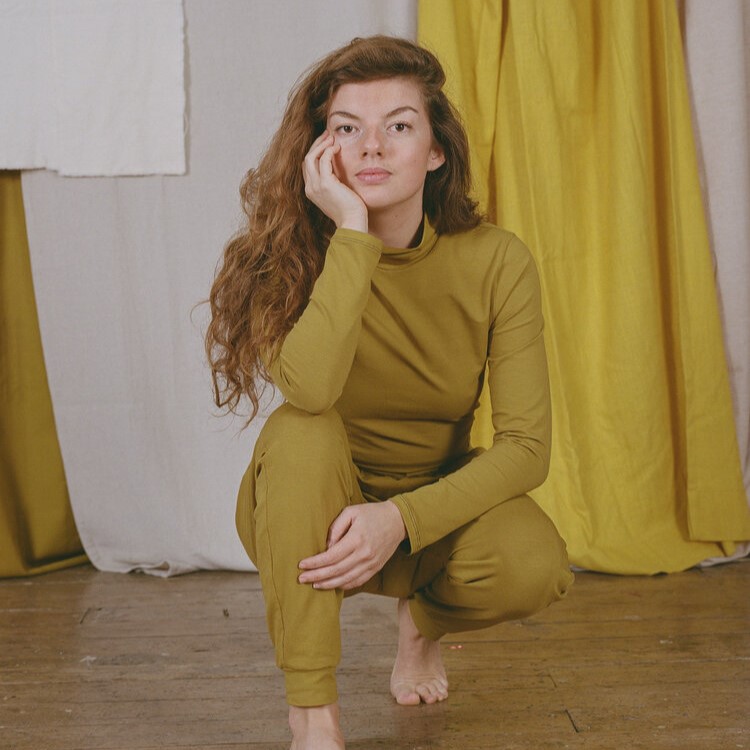Before diving in, we wanted to say a huge thank you to everyone in the Good Fabric community who has already donated fabrics and haberdashery to local schools. The success of our scraps for schools scheme has well and truly blown us away. On behalf of all the kids and communities you’re helping – as well as the creativity you’re inspiring – thank you so much.
In the wake of the fabric scrap scheme, we’ve had a lot of requests to donate clothing and bed sheets to schools, too. Unfortunately, though, after speaking with the schools themselves we learnt that they can’t accept these items, and our Good Fabric team also isn’t in a situation where we can take them for you. But rather than turn your good intentions away, we’ve looked into alternative schemes that will accept the donations you’re kindly offering.
Here are 9 ways to recycle your unwanted clothing, linens, and textiles. Let’s jump in.
First Things First…
We just wanted to remind you that if an item is in good condition, you can spread the love by giving it to charity shops. They’ll accept all sorts of old clothing, from knitted scarves to cosy slippers, as long as what you donate is in good condition. Give it a clean and keep it going, helping to create a more circular economy.
1. What to Do With Old Duvets and Pillows
Duvets and pillows are sadly not recyclable. It’s also tricky to find local places that’ll accept them due to hygiene reasons, making it hard to know what to do when yours have seen better days. But, all is not lost. Many local animal shelters will be happy to take your old bedding off your hands, using it to keep the rescue animals in their care snuggly and cosy all year long.
We recommended contacting your local RSPCA or animal shelter to donate.
P.S. Many animal shelters will also be grateful for old towels and linens. Let them know what you have and they can let you know what they need for an easy peasy donation.
2. Where to Recycle Bedding
A lot of you lovely lot have asked about donating your bed sheets to schools. Whilst we have to say no, there are plenty of other places that will say yes. Aside from animal shelters, Dunelm is a fantastic place to donate old bedding thanks to their Textile Takeback scheme.
Their recycling scheme accepts old clothing and other home textiles, too, including bedding. After you’ve dropped your unwanted textiles off, they’ll have a dedicated team inspect your items. If they’re still in good condition, they’ll be rehomed and continue making people happy and warm. If they’ve come to the end of their lifecycle, they’ll be recycled and turned into something brand new, putting the old fabric to good use.
3. Where to Recycle Old Leggings
Got a pair of old leggings you don’t wear anymore? If they’re not in good enough condition for the charity shop, a textile takeback like the Dunelm scheme mentioned above is a great way to continue their lifecycle by turning them into something new.
Some shops also offer to buy back their old clothing, including Sweaty Betty. Sweaty Betty have partnered up with Reskinned, to keep their clothing out of landfills and making it easier for you to earn some eco-friendly lifestyle points – simply drop off your leggings to any Sweaty Betty store and received £10 voucher or you can post your items directly to Reskinned and receive up to £40 voucher for all your recycled activewear. To find our how to send your items, follow the instruction on Reskinned website.
Once returned, they’ll work some magic on your leggings to bring them back to life, creating upcycled clothing ready for a new personal best. If they really have seen their last gym session, Sweaty Betty will turn them into something super cool, like filling for a punching bag, or recycle the material to be used again. Amazing!
4. What to Do With Old Bras?
When your bra has seen better days, you don’t have to chuck it in the bin. Instead, you can use it to save lives.
It sounds a bit dramatic, we know, but it is actually true. By donating your bra to one of the many bra banks set up by Against Breast Cancer, you’ll be helping to raise funds for breakthrough, life-saving research whilst also keeping your old bras out of landfill.
Through partnerships with recycling companies, Against Breast Cancer raise money for the bras they collect. In fact, they’re able to put £700 towards amazing breast cancer research and treatments for every tonne of your bras they collect. Who would have thought an old bra could make such a big difference?
5. Where to Donate Coats
During the colder months, not everybody can turn their heating on and snuggle under a hand-sewn blanket. That’s why Wrap Up London is such an important initiative. They take warm coat donations and redistribute them to the people in our society who need them, spreading love and warmth during the chilliest months of the year.
It’s good to note that receiving a coat isn’t the only benefit of your donations, either. By saying yes to warm clothes, vulnerable people are given the chance to build connections with Warm Up London’s partner charities, opening doors to many other wonderful services that are designed to improve quality of life for vulnerable people.
If you’re in London this winter and you have a coat you don’t want, drop it off at one of their collection points and put it to very good use.
6. How to Recycle Old Tights
Okay, so being in Sweden makes this one a little inaccessible for those of us living in Britain, but it was too cool not to mention. Besides, some of you might be heading up to Scandinavia at some point, and everyone’s got room for an extra pair of tights in their suitcase.
The recycling scheme we’re talking about is set up by Swedish Stockings. They’re working hard to cut down on waste in the hosiery industry – and they need you. When you donate your old tights to Swedish Stockings, they give them a new lease of life as the filler material in fibreglass tanks and keep them out of the landfill. As of 2020, they also turn them into beautiful tables designed by Gustav Westman, which are well worth checking out. Pretty cool, right?
7. Donate Clothing for Recycling
Rather than chucking your old clothes, keep things circular with amazing takeback programmes. There are plenty out there and each offers something a little different for your unwanted textiles.
We love that the Uniqlo recycling scheme, for example, has a lot of different initiatives within it. They have a specific down recycling programme, as well as one that turns old clothing into fuel and another that donates clothing in good condition to vulnerable people around the world. You go, Uniqlo!
John Lewis has another amazing scheme that makes it easy to put old clothes to good use. Working with the reputable charitable organisation Satcol, they donate your clothes to charity shops, sell them in secondary markets, or recycle them to create new products. You’ll also receive a £5 John Lewis voucher as a reward for your eco-efforts, which we’re not complaining about.
8. What to Do With Old Socks and Underwear?
Can you recycle old socks and underwear? Absolutely! The easiest way is to find a textile recycling bin near you.
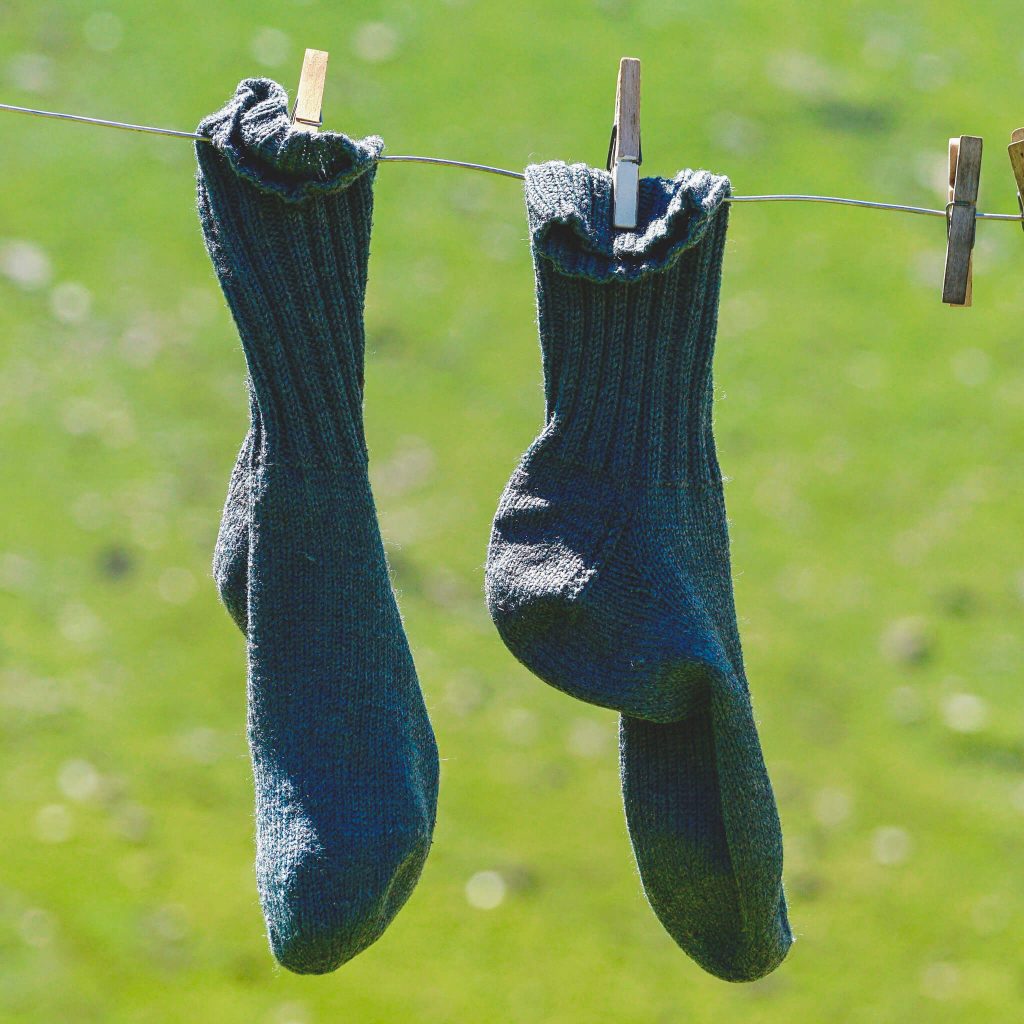
There are lots dotted around and you can find them using an online locator, like this one.
Another thing to note is that when you next buy a pair, it’s more eco-friendly to choose a natural fibre, like cotton, over a synthetic one. Your feet and bum will thank you, and they’re a lot easier to recycle when you’re done with them.
9. Where to Recycle Business Textiles
If you’re a business that has a high textile turnover – like in the fashion industry, for example – regular recycling can make it a lot simpler to deal with your waste. But how do you set that up?

First Mile offers a fabulous recycling service that makes it easier than ever to keep your used textiles out of the landfill. They can collect your recycling 7 days a week and up to 3 times every day. Flexible, convenient, and with a zero-to-landfill guarantee, you can rest easy knowing your waste is being put to good use.
They’ll accept all sorts of textiles, including clothing, bags, and scraps. Anything that’s still in good condition is sent to developing countries for small market traders to sell on at good prices, supporting their local economies. Any damaged clothing is either fixed or recycled.
Choose Natural Fabrics for Easier Recycling
As well as all of these wonderful schemes, there’s one more way you can reduce the impact of your waste, and that’s by choosing natural fibres. Materials like cotton and linen are much easier to recycle, making them a smarter choice for the future of our planet. Natural fibers are also biodegrade, so even if you can’t get to a recycling scheme they’ll have much less of an impact than synthetic alternatives.
We’re super excited about all the wonderful ways we can recycle and donate fabrics these days. If you know of any great schemes we haven’t mentioned, or if you’re struggling to find ways to recycle certain items, get in touch with us and we’ll be happy to talk more.
Together, we can make a big difference.
